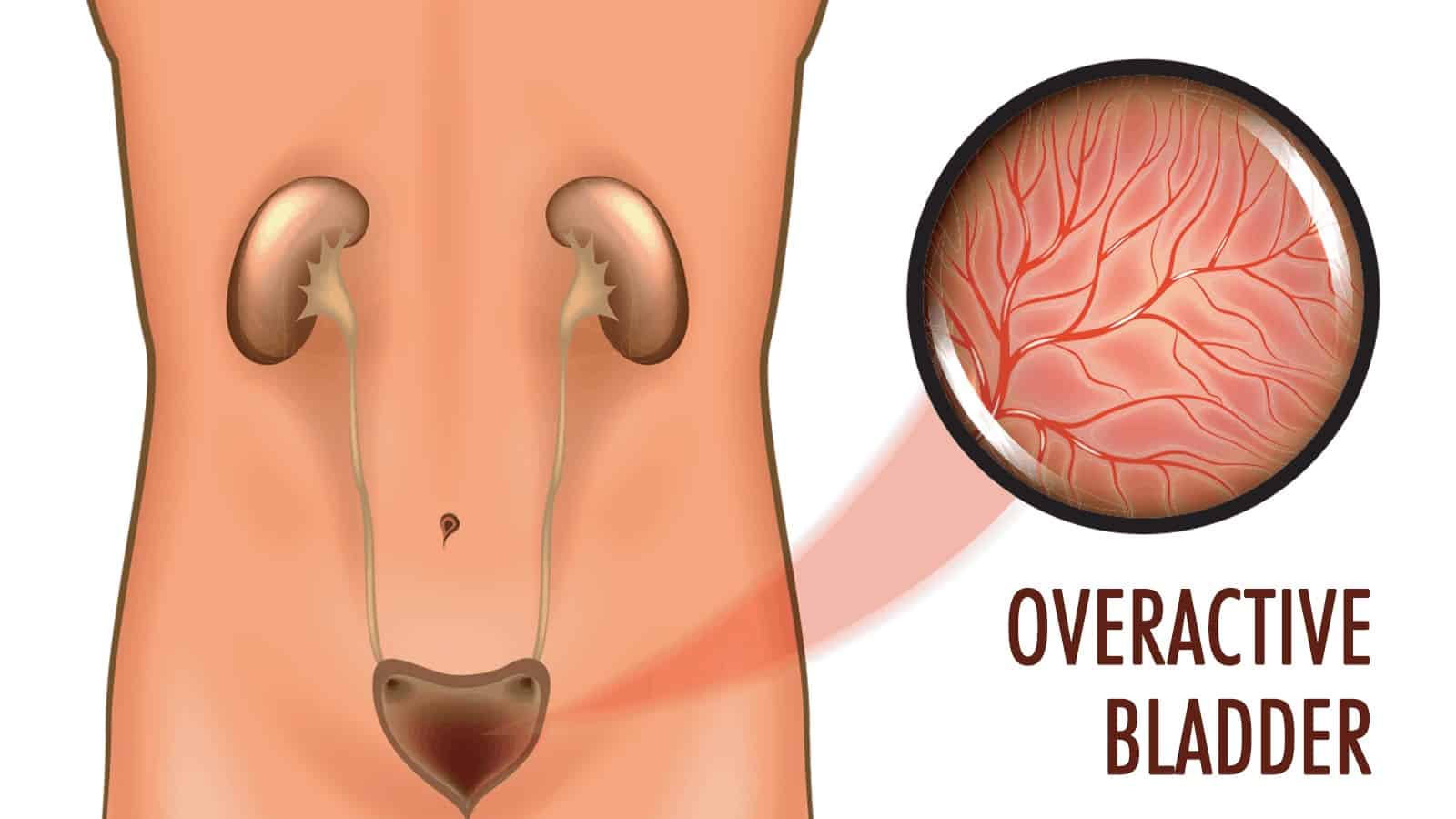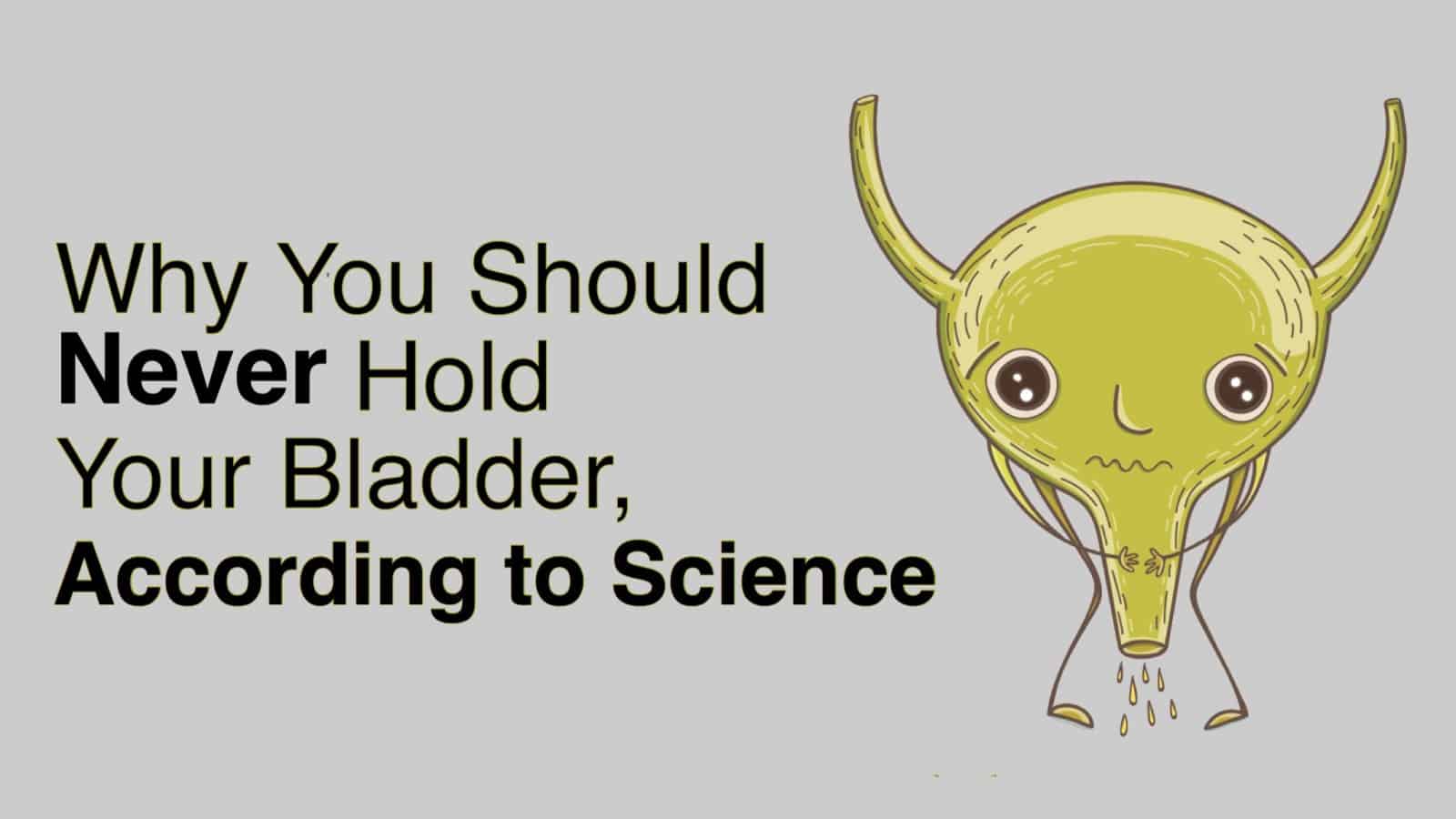What is an overactive bladder?
Overactive bladder, or OAB, is a group of urinary symptoms, the most common of which is a sudden urge to urinate that you can’t control. Many people with OAB also experience “incontinence” – the leaking of urine shortly after the symptoms surface.
The immediate need to urinate can be extremely disruptive to one’s life. For example, office jobs require workers to remain at their desk for an extended period of time, something that a person with OAB would surely find difficult to manage.
Overactive Bladder Affects Millions
Per the Urology Care Foundation, “Overactive bladder (OAB) is a common condition that affects millions of Americans … 33 million Americans have an overactive bladder (or) as many as 30% of men and 40% of women…” The Urology Care Foundation notes that most people who suffer from OAB do not seek help or treatment for their condition. If this is the case, it is likely that the actual number of Americans suffering from OAB are much higher.
Understanding the Effects
Many people may downplay the effects of a condition such as OAB. This occurs despite research that shows the very real consequences of bladder disorders.
The Urology Care Foundation dispels numerous myths regarding OAB:
- Affects both men and women, not just women.
- Is not attributable to just “getting older.”
- Doesn’t develop because of individual error.
- Is separate from having an enlarged prostate.
The Foundation elaborates on complications of OAB that may arise:
“OAB can affect your relationships with your spouse and your family. It can (rob) you of a good night’s sleep. Too little sleep will leave you tired and depressed. In addition, if you leak urine, you may develop skin problems or infections.”
Contributing Factors to an Overactive Bladder or Similar Condition
Here are ten things that may cause or complicate OAB or a related condition:
1. Menopause
Menopause throws estrogen levels out of whack. More specifically, estrogen levels tend to plummet during menopause, weakening both the bladder and urethra muscles. The weakening of these muscles can cause urinary complications during menopause, including incontinence.
2. Pelvic Troubles
The pelvic floor consists of muscles supporting the bladder and urethra (among others). When the pelvic floor drops – usually the result of a medical disorder – bladder and bowel control problems often surface. Aging and childbirth are two leading causes of pelvic floor disorders.
3. Diuretics
Certain over-the-counter pills increase the outflow of urine, causing symptoms similar to OAB. These include caffeine pills, water pills, sodium tablets, and others.
4. Bladder Fullness
If your bladder being full sounds like an overly-simplistic explanation, that’s because some people mistake it for an overactive bladder. There are a few reasons why: drinking too much water, having a smaller bladder, too much caffeine or alcohol, or aging.
5. Urinary Tract Infection
A urinary tract infection (UTI) happens when bacteria from the bowel infiltrates the ureters, urethra, or kidneys. The result is an infection which causes inflammation and irritation of the bladder, creating an intense sensation of needing to go to the bathroom.
6. Involuntary Contractions (SELF)
As fluids accumulate in the bladder, nerve signals from the bladder to the brain stimulates pelvic floor muscles and relaxes the urethra. The end result is involuntary contractions, causing the bladder muscles to expel urine, even when it’s not full. Leakages commonly result as well.
7. Pregnancy (HL)
Pregnancy causes expansion of the uterus, putting pressure on the bladder and causing an urge to urinate. Pregnant women often experience incontinence because of this pressure. Also, the woman may experience OAB symptoms after giving birth because the pelvic floor often weakens after pregnancy and childbirth. The good news is, these muscles can be strengthened again with regular exercise.
8. Diabetes (SELF)
A common symptom of both type 1 and type 2 diabetes is the frequent need to urinate. Diabetes can trigger an overactive bladder because of a buildup of sugar in the blood, requiring the kidneys to work harder. Whenever the kidneys are in overdrive mode, the result is almost always more frequent visits to the toilet.
9. Urinary Obstructions (HL)
Blockages within the urinary tract may cause symptoms mirroring those of OAB. Bladder stones or an enlarged prostate can interfere with the normal functioning of the urinary stream. In rare cases, tumors may develop in obstructed areas.
10. Neurological Conditions
Certain neurological conditions can interrupt signaling between the body’s nerves and the bladder muscles. Multiple Sclerosis (MS), stroke, and Parkinson’s disease are three such disorders. Nerve damage – including trauma to the abdomen, pelvis, or spine, or brain or spinal cord infections – can also lead to OAB.
Final Thoughts: Know the Triggers of OAB
Per Healthline, there are many possible triggers for OAB and the frequent need to urinate. These include:
- constipation
- consuming too much alcohol or caffeine
- eating acidic foods
- not consuming enough dietary fiber
- not drinking enough water
Making healthy lifestyle choices helps you maintain a healthy bladder. Maintaining a healthy weight, eating a well-balanced diet, and exercising regularly is vital. If your symptoms disrupt your daily life, seek the guidance of a medical professional.


















